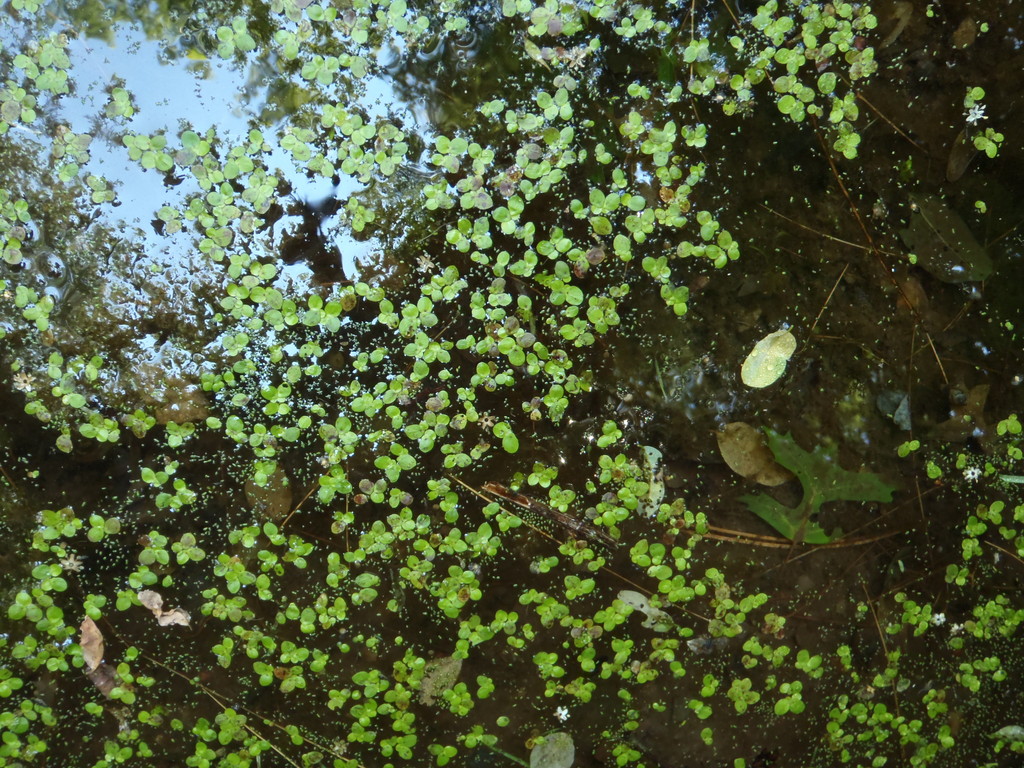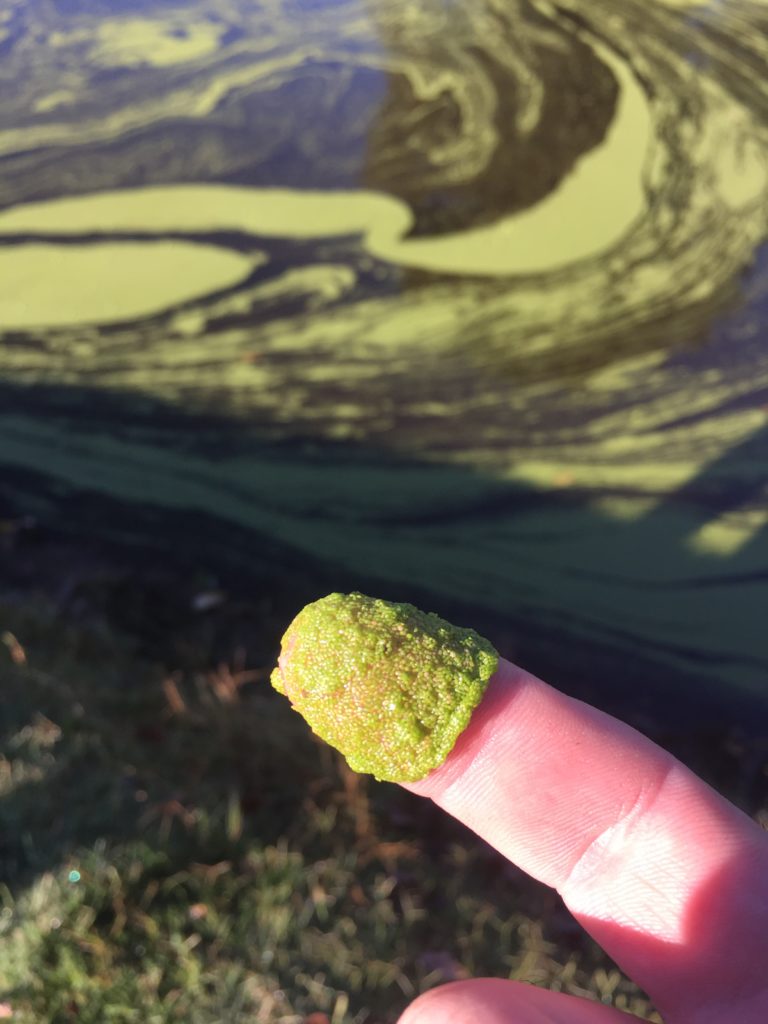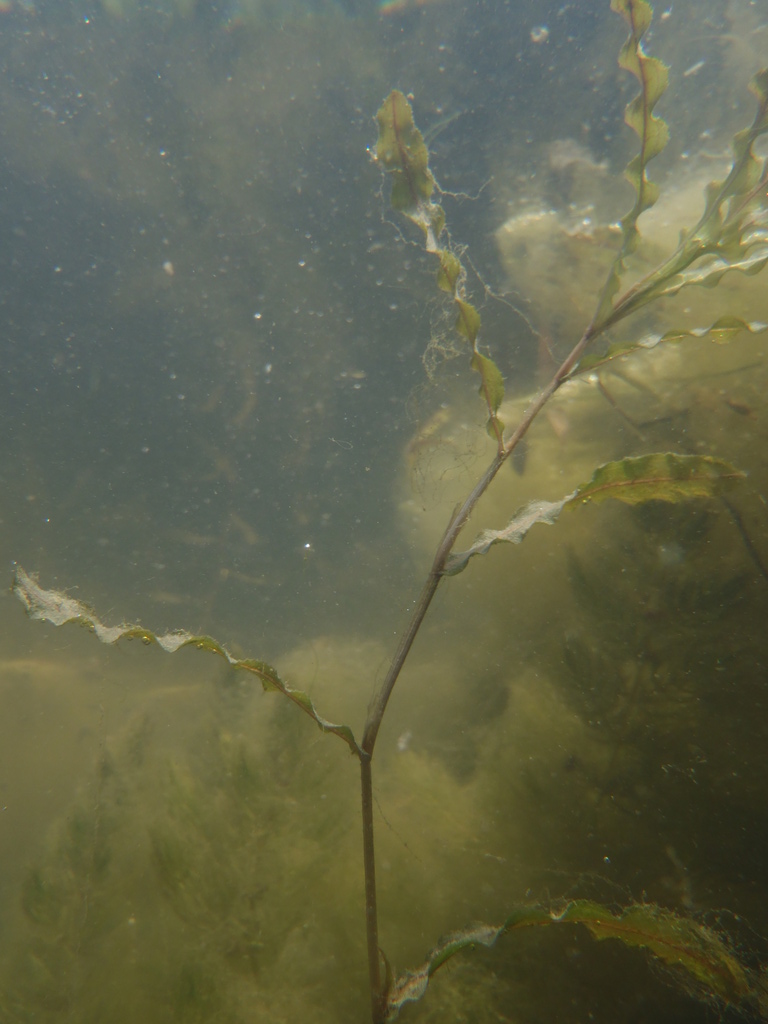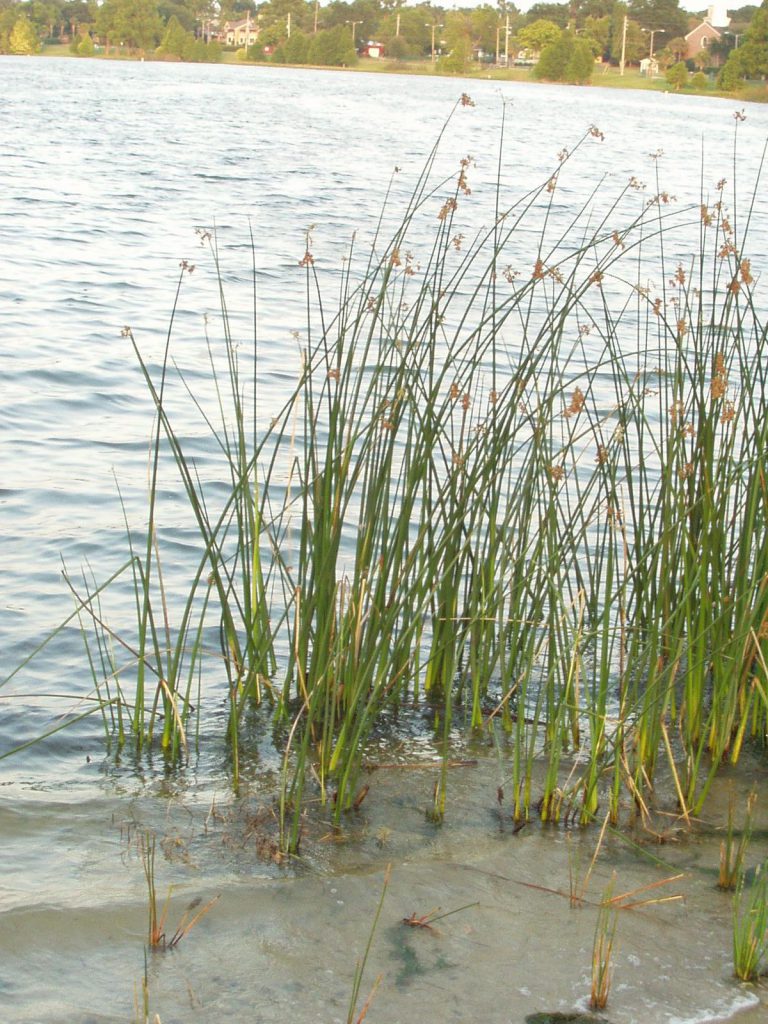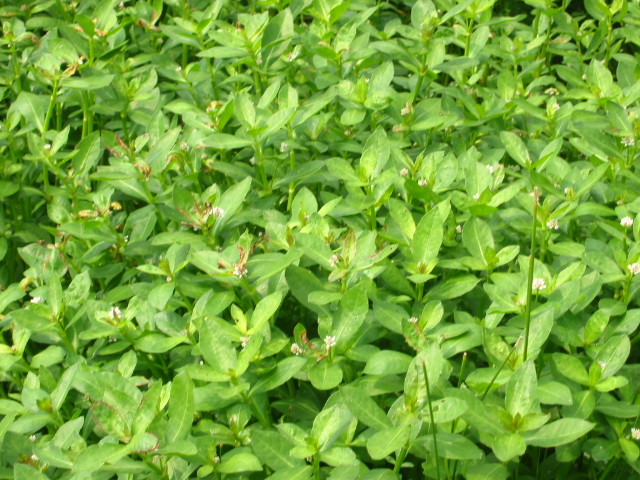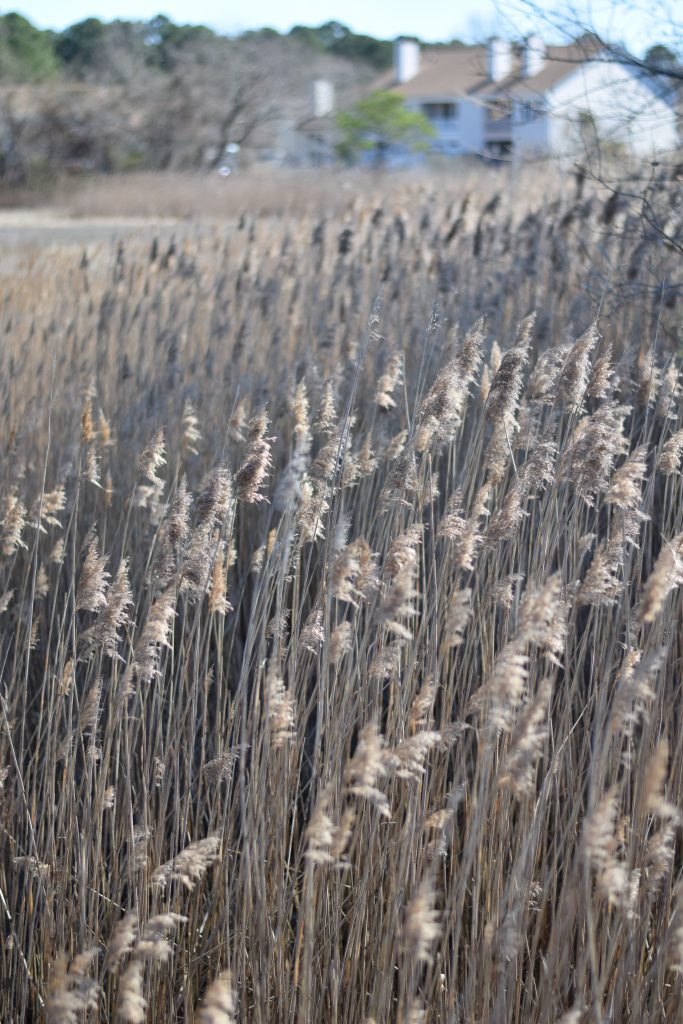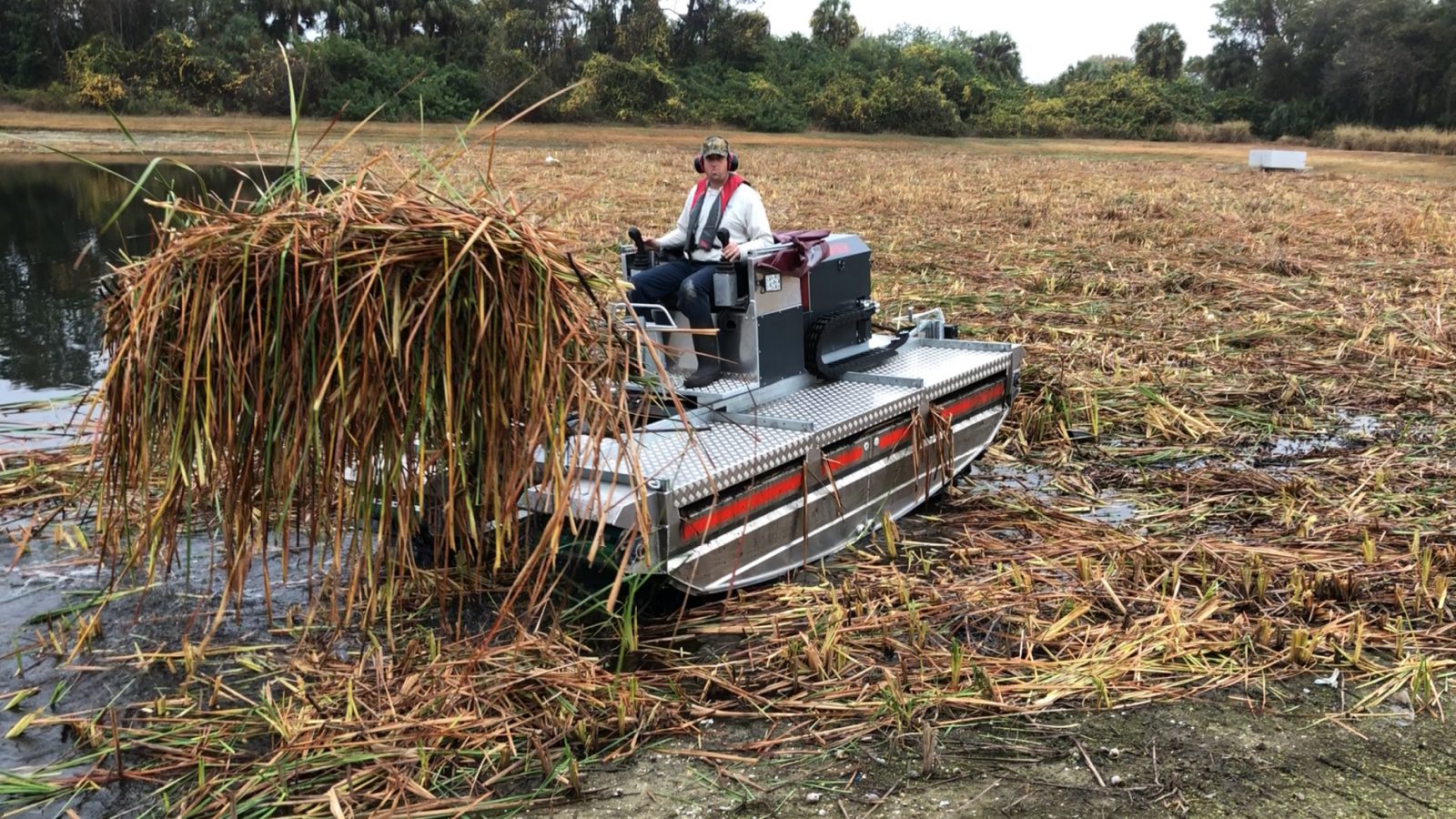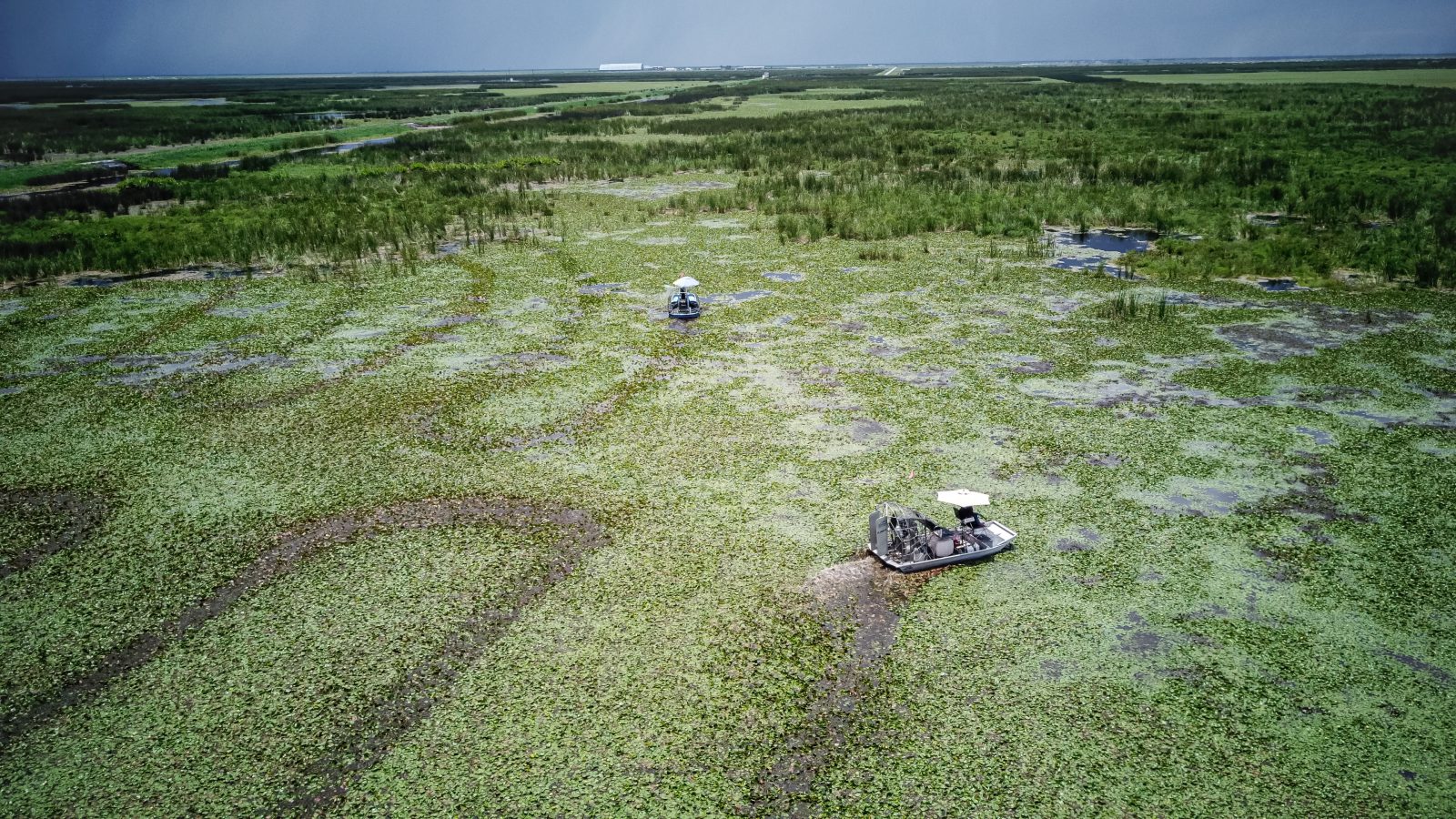
7 Invasive Aquatic Plants In Virginia and the Mid-Atlantic
Virginia – and much of the mid-Atlantic – is characterized by a large breadth and depth of habitats, environments, and seasonal temperatures.
For example, Virginia has oceans, marshes, wetlands, lakes, ponds, and stormwater facilities. It can also range from upwards of 102 degrees in the dead of summer to -5 degrees in the trenches of winter. And it has a massive range of vegetation, including northern, southern, and a medley of imported aquatic plants.
It’s integral for property managers, golf course superintendents, community leaders, and private landowners who rely on their waterbodies as beautiful centerpoints to take steps to preserve their valued aquatic resources. One of the first steps to preserving these ecosystems is properly identifying the plants growing in and around them. While native species provide necessary food, habitat, and aesthetic beauty to the environment, invasive species can quickly degrade these essential assets, which may lead to complaints, decreased property values, and more.
What is Duckweed?
Duckweed or Lemnoideae typically grows in dense groups in still water (water that is not disturbed by tides or boating).
- Size and Shape: 1/16-1/8 inches long in a flat, oval shape
- Appearance: large clusters of 1-3 light green leaves floating on a surface
- Be Careful: While Duckweed is native and provides shelter and nutrients to micro-invertebrates, it can grow very quickly. Duckweed can cover the entire surface of a pond to the point of depleting oxygen and sunlight, which can kill off fish populations and beneficial submerged plants.
- How to Control Duckweed: As needed, duckweed can be controlled or removed via manual rake pulling or via certain herbicide applications. The introduction of a fountain or aerator can also create turbulence that increases open water, but won’t control the growth of duckweed.
Water is Watermeal?
Watermeal or Wolffia is a small, barely visible to the naked eye aquatic plant, often found in large groups near duckweed on the surfaces of lakes, ponds, and marshes.
- Size and Shape: Flat oval or spherical, reaching 0.2 to 1.5 millimeters
- Appearance: Watermeal is an extremely small rootless, floating plant that grows in large colonies
- Invasive yet Native: Watermeal is native to North America, but can grow quickly, covering the surfaces of ponds and leading to oxygen depletion. Thus, it can be considered an aggressive, nuisance aquatic plant in some cases.
- How to Control Watermeal: Due to its small size, it’s very difficult to manually remove or rake watermeal. Instead, professionals may recommend herbicide applications or even biological management solutions such as fish.
What is Curly Leaf Pondweed?
Curly Leaf Pondweed or Potamogeton crispus can be found in farm ponds, streams, and other still, muddy waters.
- Size and Shape: Up to 2-meters in length with up to 0.5-inch leaves
- Appearance: Long, green to reddish stalks with many short, frayed leaves. May contain many branches and grow in dense mats.
- A Non-Native Plant: Curly Leaf Pondweed is an invasive aquatic plant species brought over from Europe. It should not be introduced to new waterbodies and when identified, professionals should be contacted immediately.
- How to Control Curly Leaf Pondweed: Similar to Spatterdock, Curly Leaf Pondweed’s roots and seeds make it difficult to manually remove. In addition to professional herbicide applications, property owners can try using a pond dye to limit the amount of sun penetration, but this can affect other plants and wildlife within the pond. Grass carp may also be effective to naturally manage this plant species.
What is Northeastern Bulrush?
Northeastern Bulrush or Scirpus ancistrochaetus grows along the edges of small wetlands, sinkhole ponds, and marsh areas that have seasonally fluctuating water levels.
- Size and Shape: Long, emergent, triangular-shaped stems
- Appearance: Thick stems with long, thin leaves. Has chocolate-brown colored seeded fruit surrounded by ‘scales’ that hang off the plant
- A ‘Relict’ Plant’: Northeastern Bulrush was first identified as a distinct species in 1962 and, while now sparse, is thought to have been once widespread. In this case, relict means that the Northeastern Bulrush is a persistent remnant of an otherwise extinct species. Essentially an aquatic plant dinosaur!
- How to Control Northeastern Bulrush: This Mid-Atlantic aquatic plant can be removed manually by grasping at its base and pulling or via professional herbicidal treatments.
What is Alligatorweed?
Alligatorweed, also known as Alternanthera philoxeroides, is native to South America and invasive in North America. It can be found both on dry land and water, although it prefers to grow along the shores of streams and ponds.
- Size and Shape: Stems reach 1-meter in length with extending narrow, elliptical leaves
- Appearance: Stems are pink and hollow with its leaves extending outward from it. White flowers with thin petals grow on stems extending 4-5-inches from the main stem.
- A Nuisance: Alligatorweed grows in mats, disrupting waterflow, outcompeting native vegetation, and depleting oxygen levels. This can lead to fish kills. These mats can also impact recreational activities such as boating and fishing, and can endanger swimmers, making for an overall unwanted aquatic plant.
- How to Control Alligatorweed: EPA-registered herbicides will usually do the trick when it comes to Alligatorweed, and it should be treated while it’s still in its early stages of growth. More mature Alligatorweed plants have a tendency to be herbicide-resistant or are protected by growing in dense mats.
What are Phragmites?
Phragmites australis, or the Common Reed, is a tall wetland invasive species thought to come from either Europe or China.
- Size and Shape: Long, grass-like stems reaching 15 ft
- Appearance: Appear as long grass with dark, elongated leaves and topped by bushy purple or gold panicles
- Two Sides of a Coin: While much news surrounding phragmites concerns its invasive strains, native strains have been recorded in the U.S. as far back as 40,000 years ago. It was also found to have been used by Native Americans for arrows, musical instruments, ceremonial objects, and mats.
- How to Control Phragmites: Manual methods usually aren’t recommended for the common reed as they leave roots intact (and can make the problem even worse). Professionals may recommend herbicides, cutting, or burning over the course of several years to fully eliminate the plant.
How to Control Invasive Plant Growth
Lakes and ponds are amazing assets, but they cannot reach their full potential without proper management. Aquatic herbicides are incredibly helpful tools to keep weeds in check; however, they are not considered a long-term solution. Getting to the root cause of nuisance growth requires ongoing monitoring and management by professionals who are experienced in identifying and safely treating undesirable species.
Decision makers can empower themselves by partnering with dedicated experts who share their goal of creating happier, healthier communities through proactive lake and pond management. Annual programs allow professionals to reverse and prevent nuisance plant growth with advanced tools and strategies that include nutrient remediation, the application of beneficial bacteria, fountains and aeration, shoreline maintenance and restoration, and mechanical solutions like harvesting and hydro-raking.
Contact us to begin designing your custom Annual Management Program.
Control Invasive Plant Growth
SOLitude Lake Management is a nationwide environmental firm committed to providing sustainable solutions that improve water quality, enhance beauty and preserve natural resources.
SOLitude’s team of aquatic scientists specializes in the development and execution of customized lake, stormwater pond, wetland and fisheries management programs. Services include water quality testing and restoration, algae and aquatic weed control, installation and maintenance of fountains and aeration systems, shoreline erosion control, muck and sediment removal and invasive species management. SOLitude partners with homeowners associations, golf courses, private landowners, businesses and municipalities. SOLitude Lake Management is part of Rentokil, a leading business services company, operating across the United States, Canada and Puerto Rico.
For more information, visit SOLitude Lake Management at solitudelakemanagement.com, and connect on Facebook, LinkedIn and Twitter.








